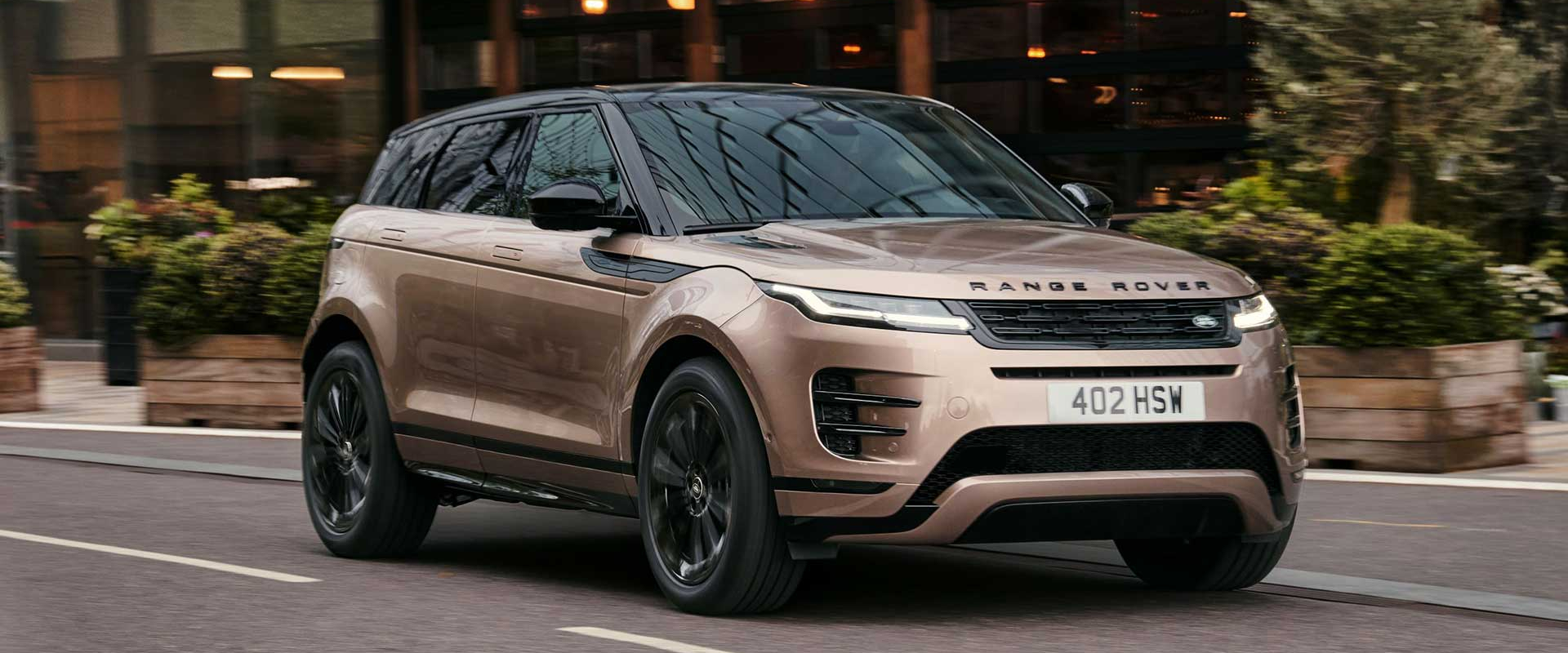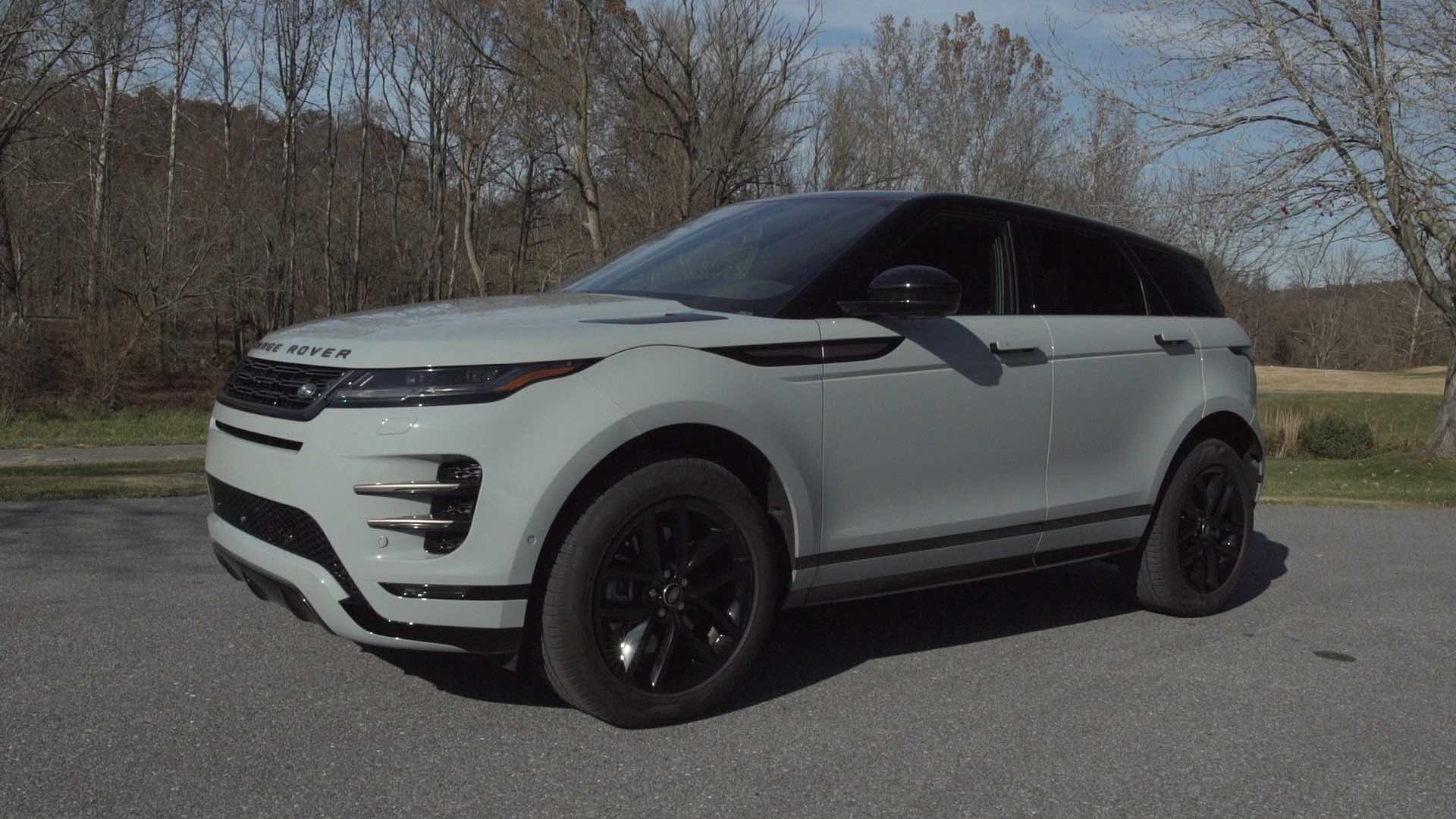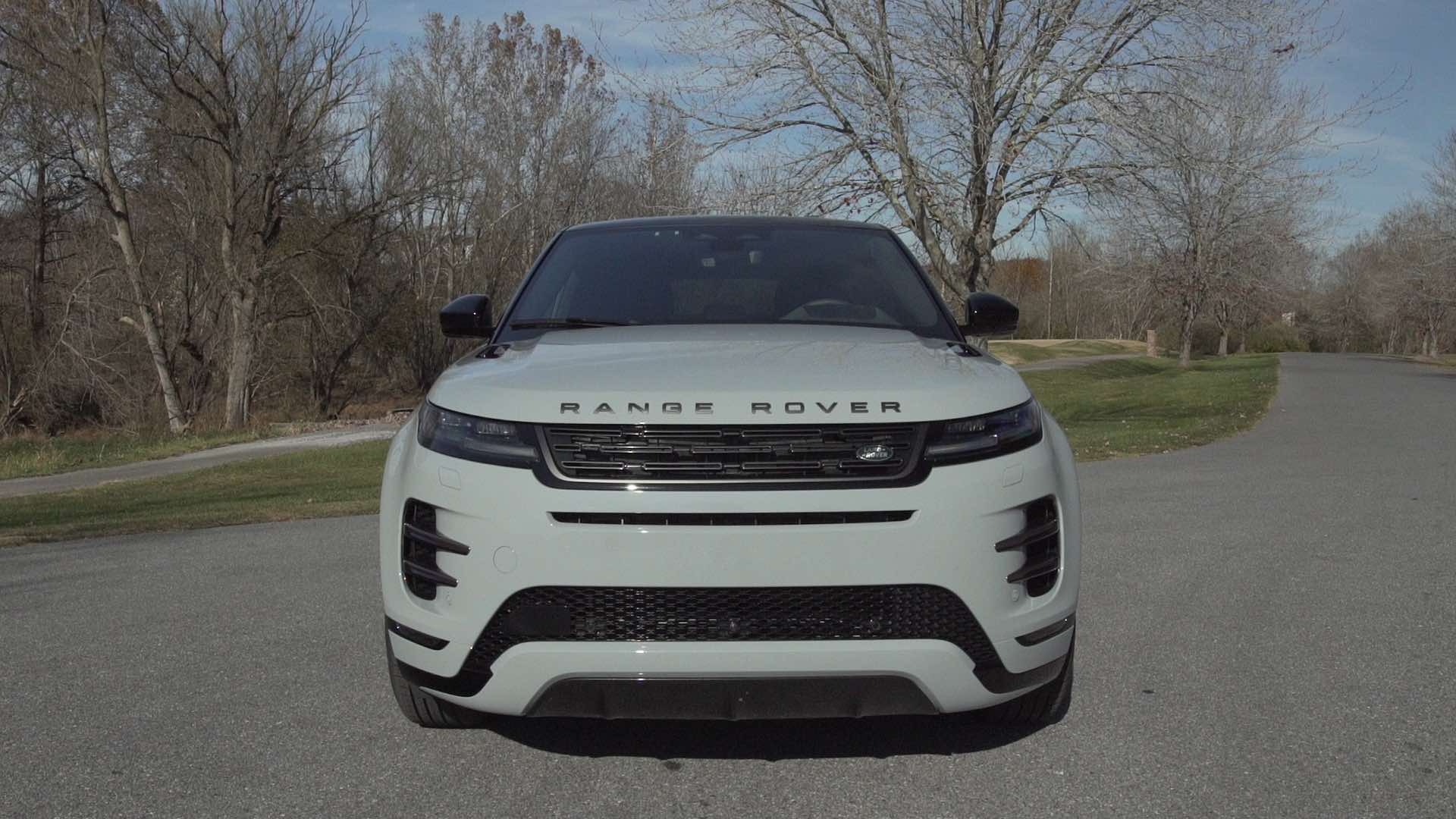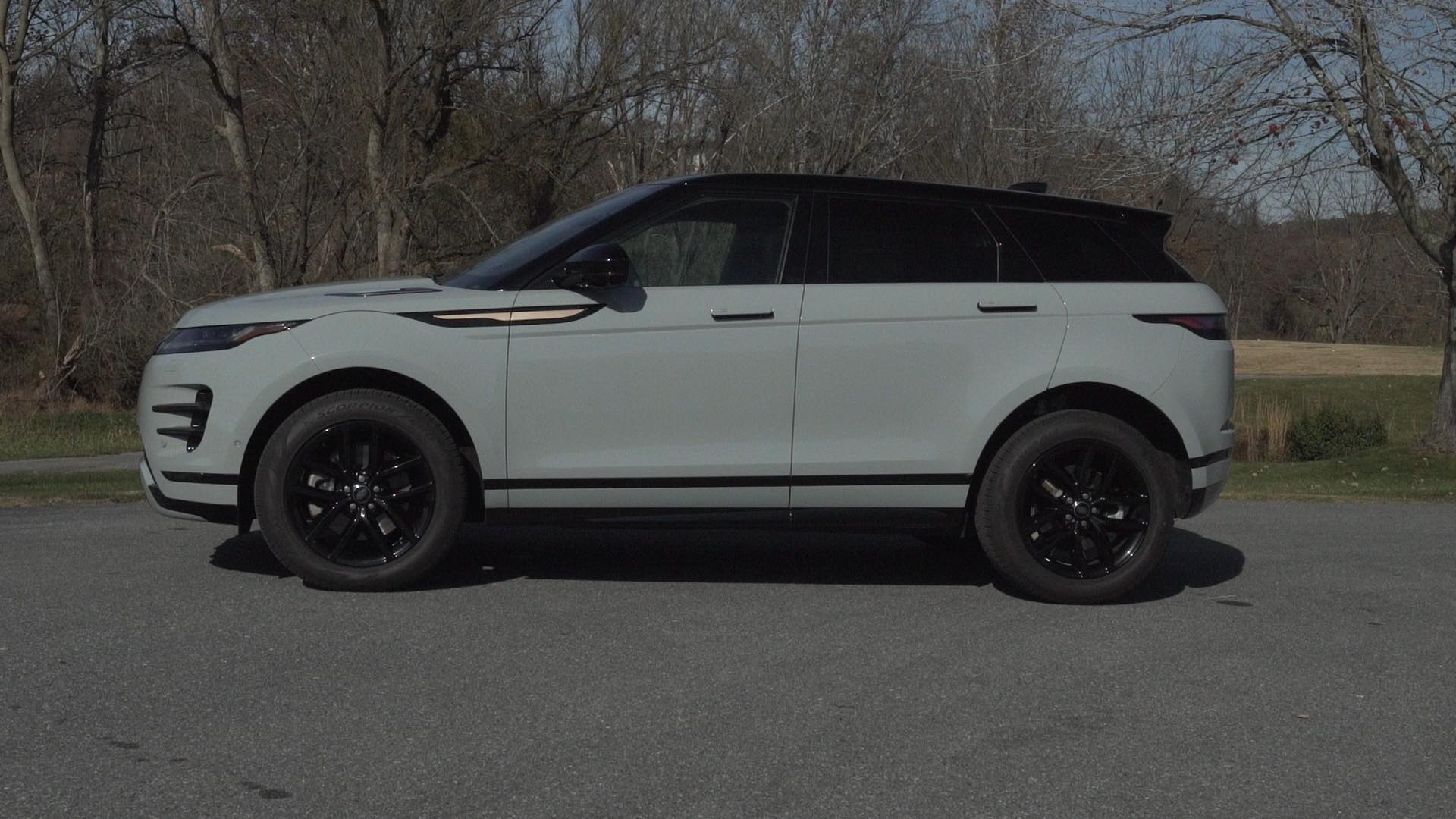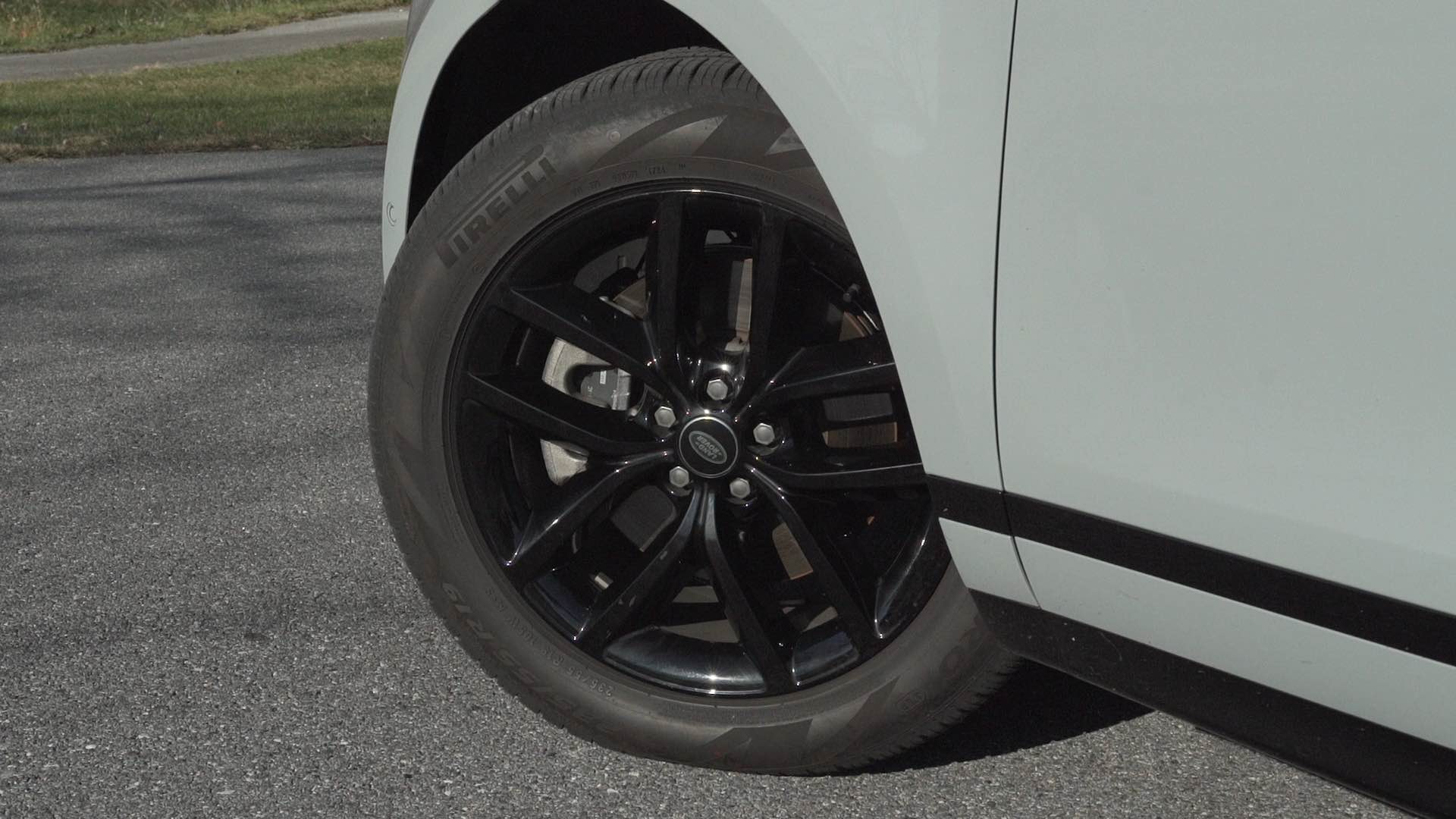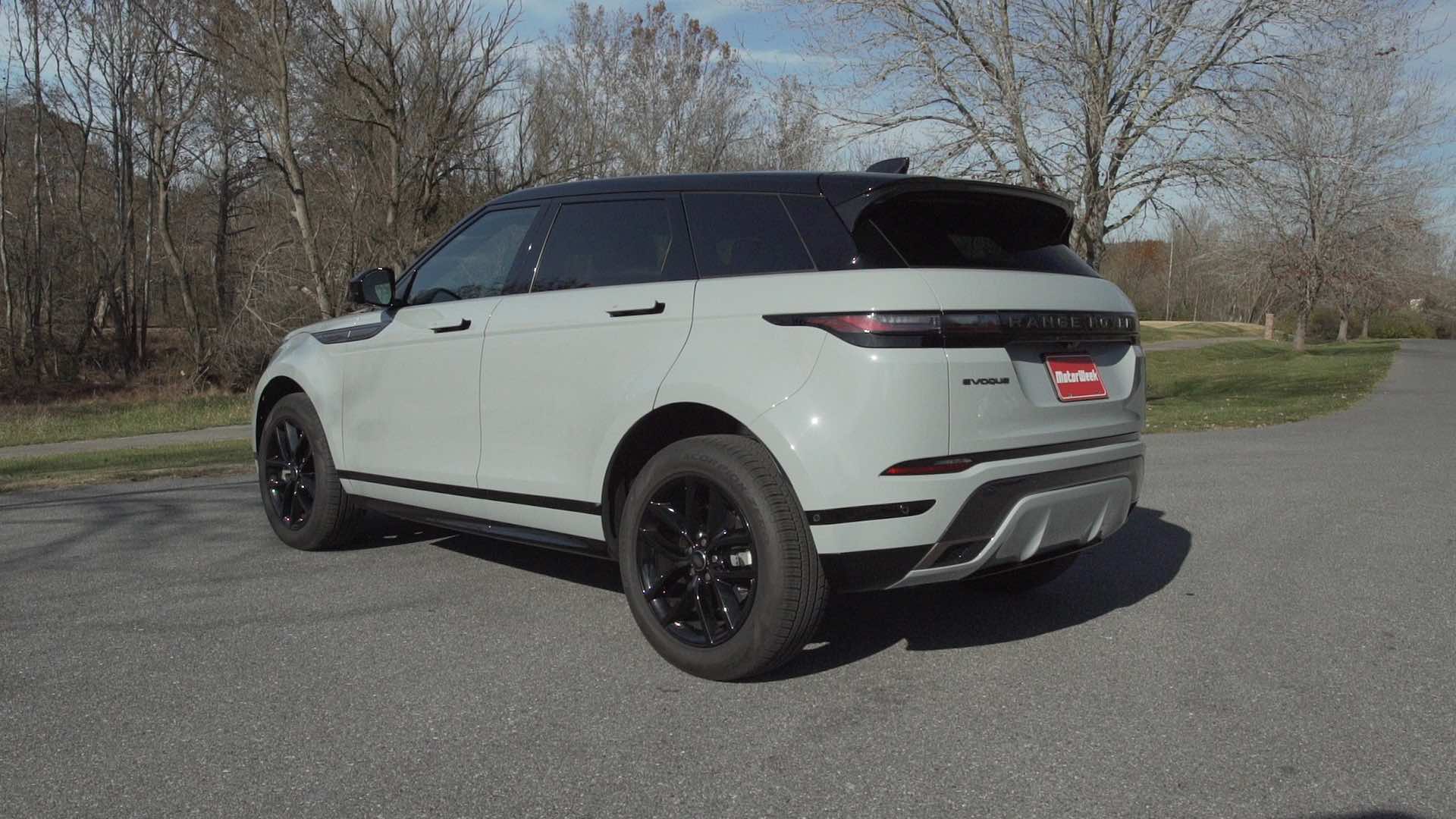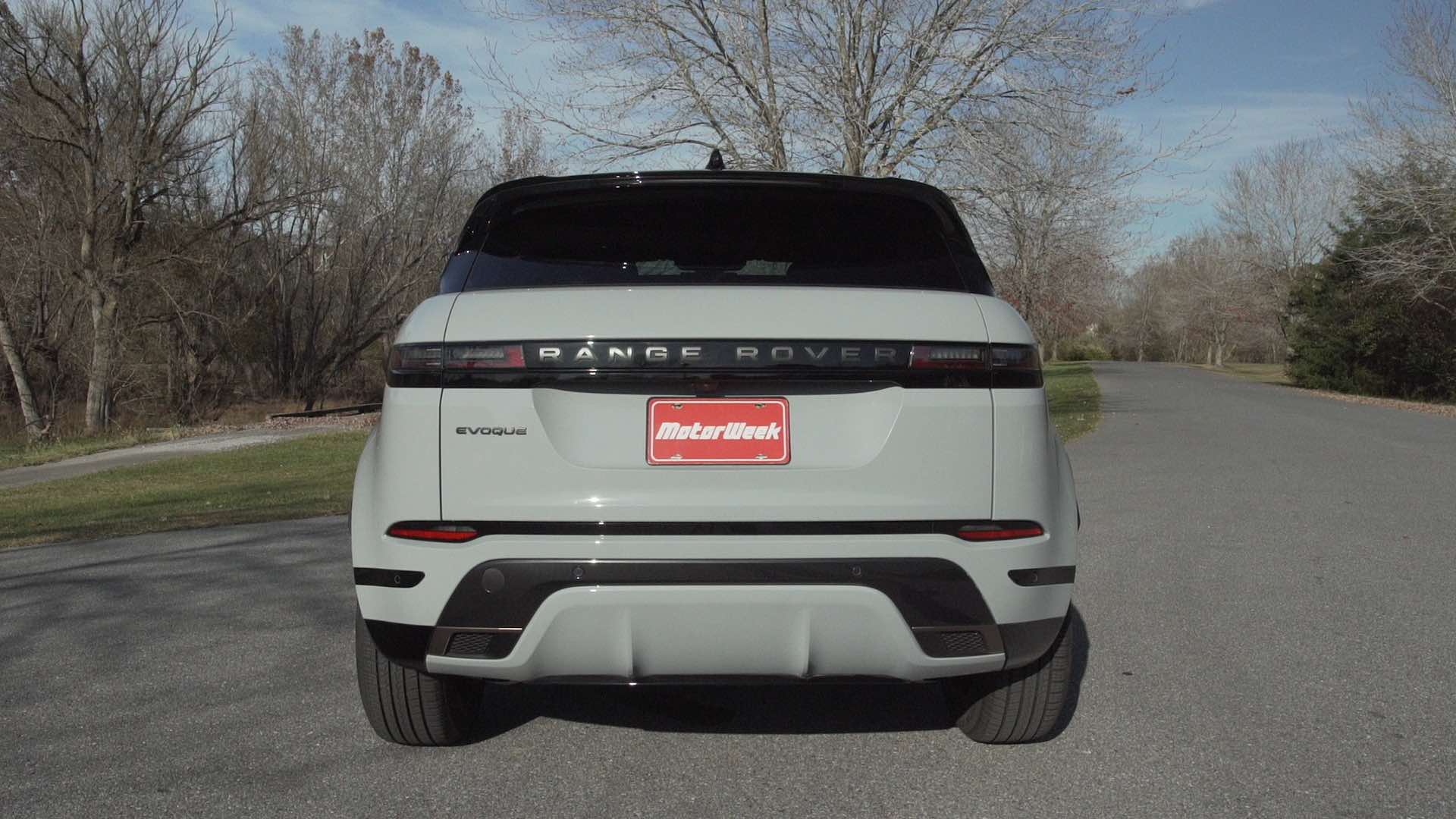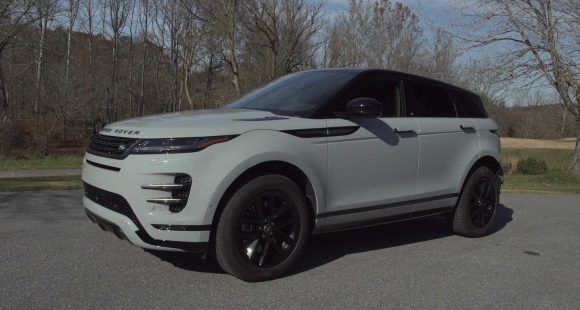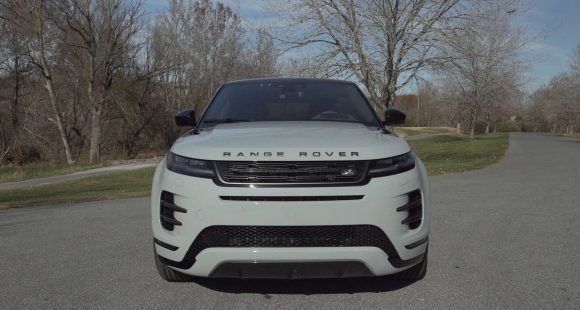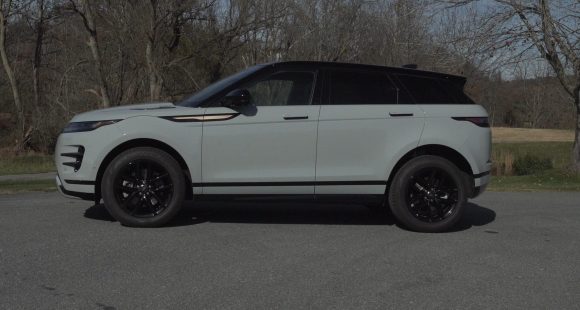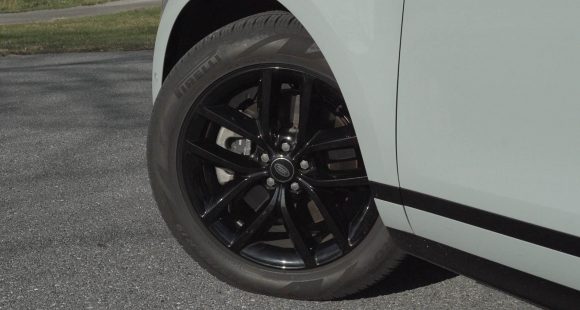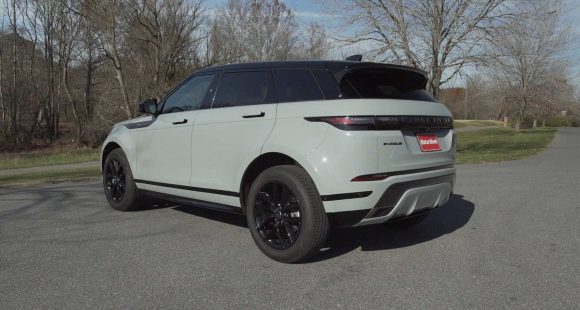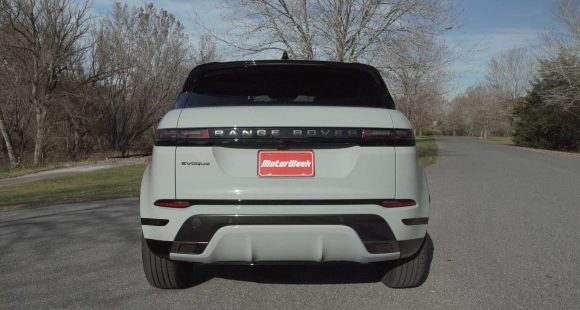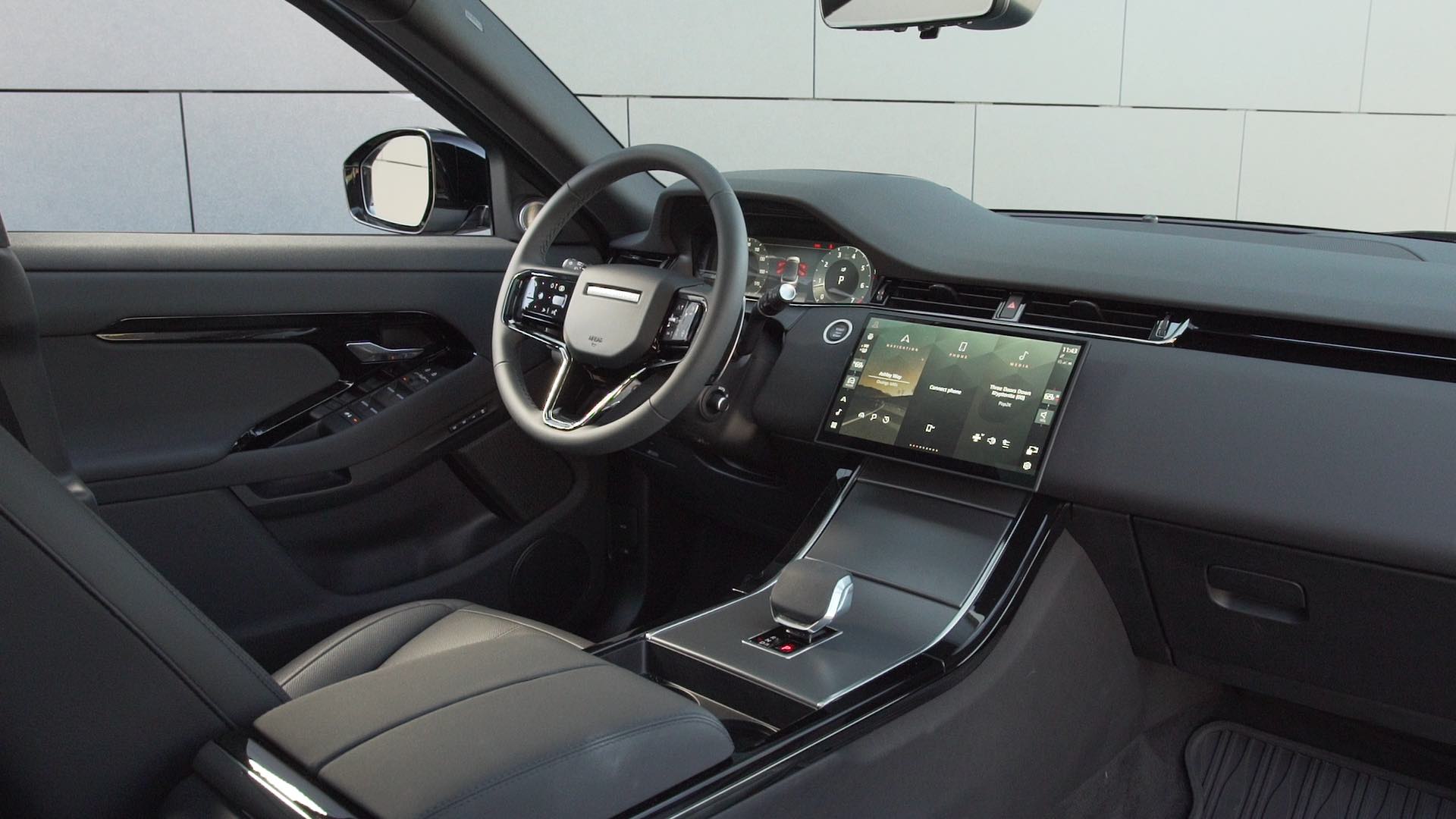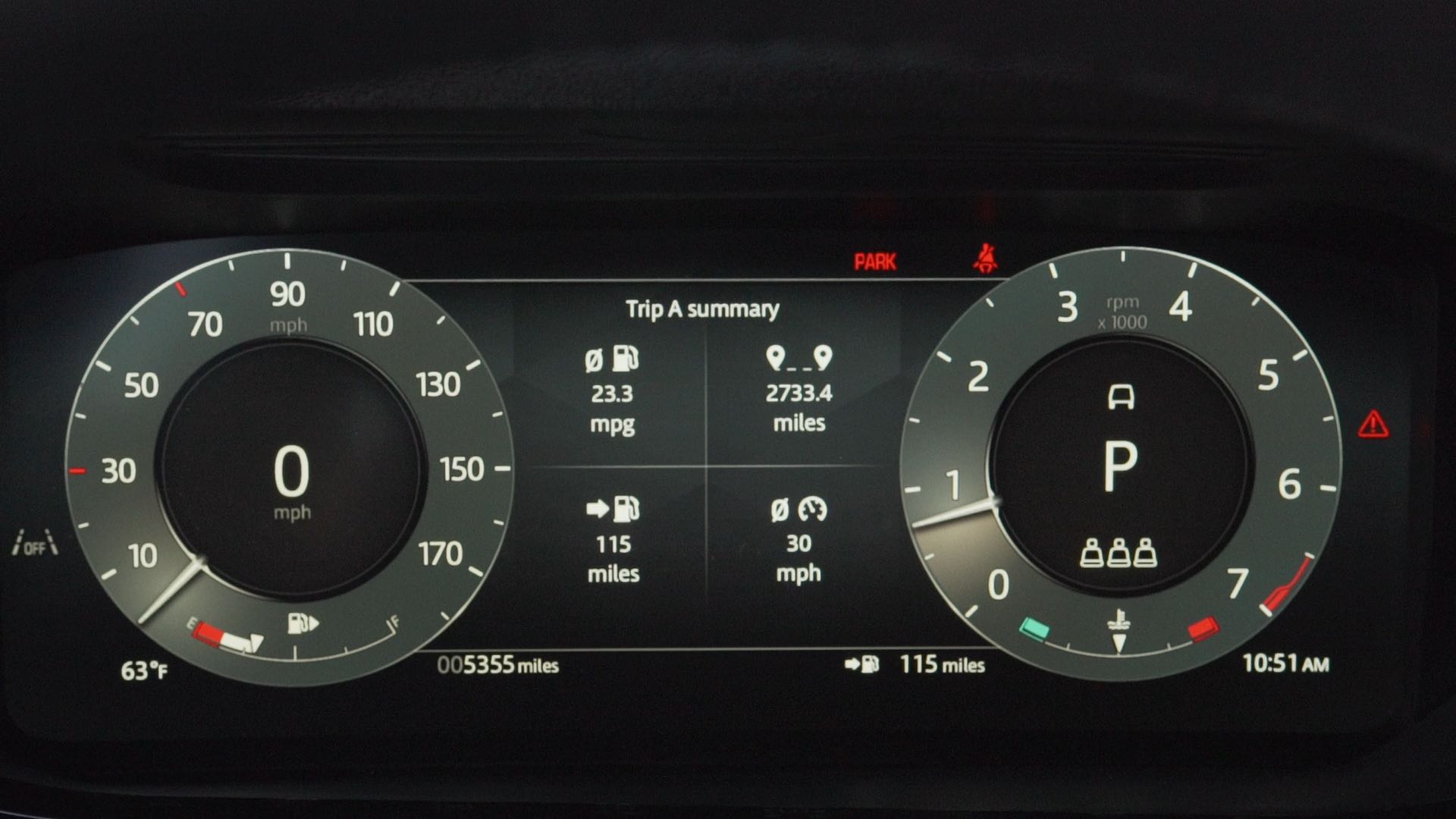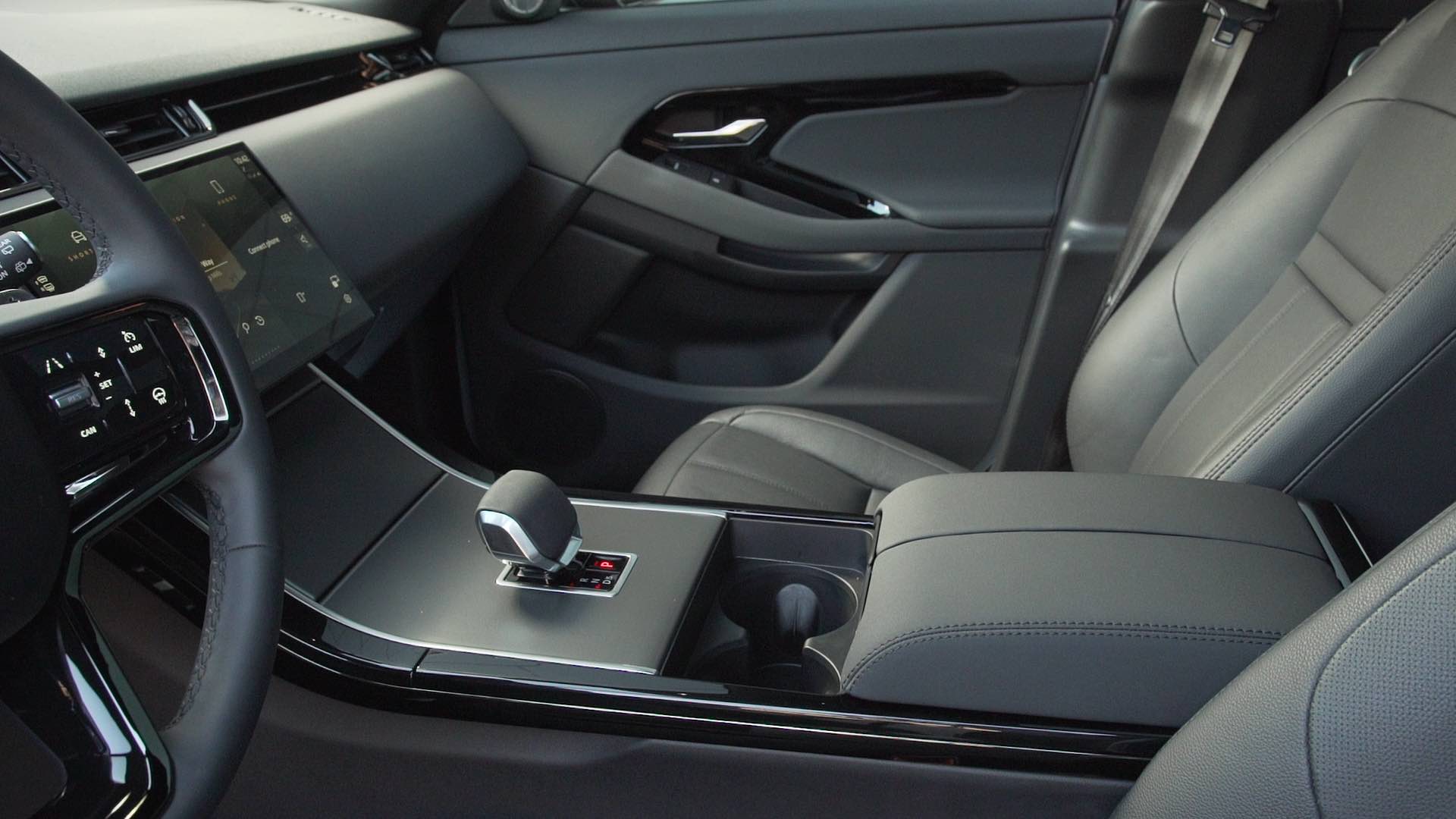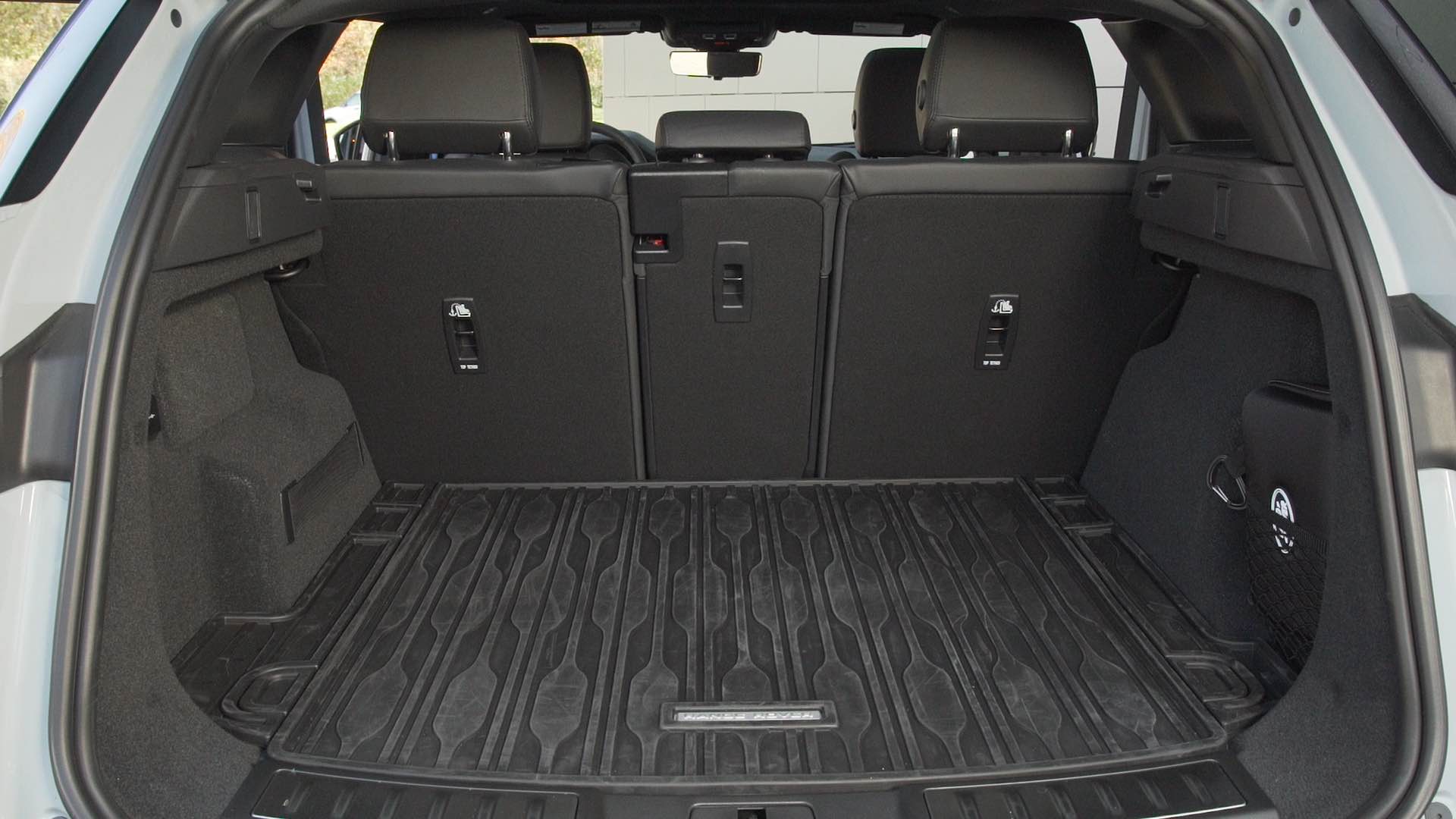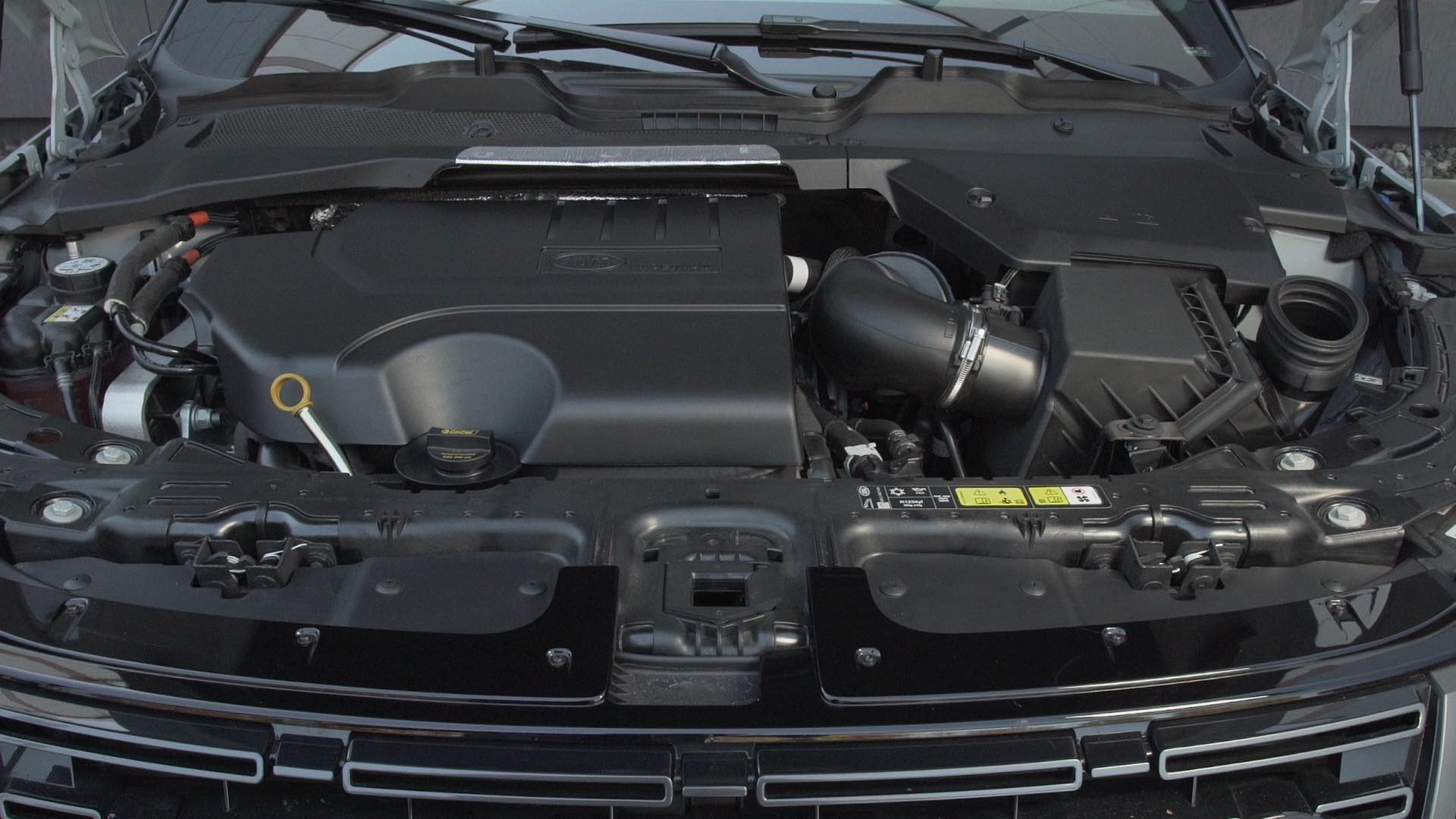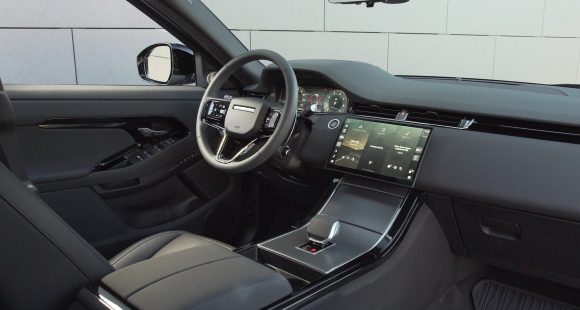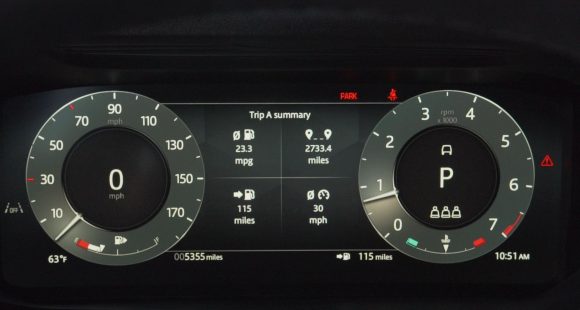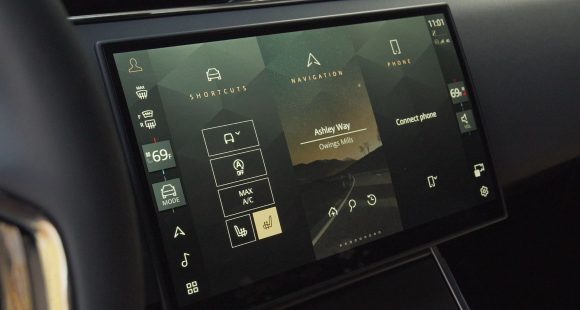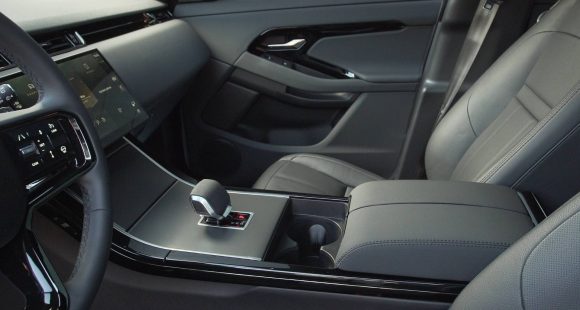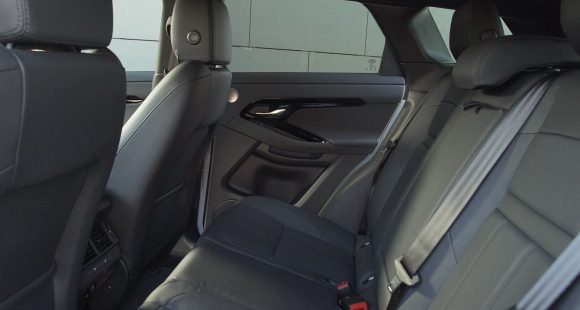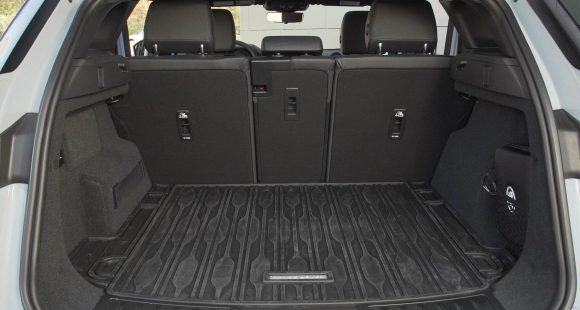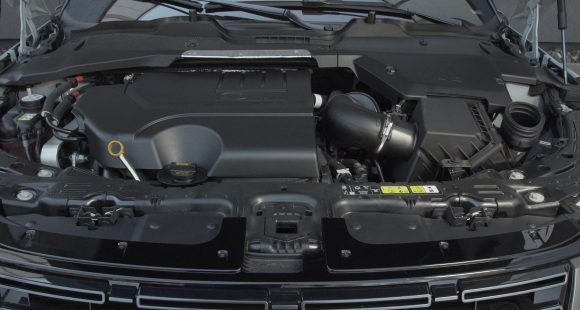2016 Mazda CX-3
As crossover utilities shrink ever smaller, they’re looking less like a blend of family car and a SUV, and more like pumped five-door hatchbacks with available all-wheel drive. Case in point, this Mazda CX-3. It’s a good looking subcompact ute. But, in its quest for popular style, is utility no longer its strongest point?
To their credit, Mazda calls the 2016 CX-3 their ultimate “urban escape vehicle”. A combination of small car attributes necessary for city-dwellers; like a Mazda3 hatchback; with enough crossover elements for weekend adventures and all-weather security.
Going up against the likes of Honda HR-V, Fiat 500X, Jeep Renegade, and Chevrolet Trax; four subcompact utes that weren’t even available here a year ago, gives you an idea of how rapidly this segment is expanding.
Built on a new SKYACTIV chassis to be shared with the next Mazda2, the CX-3 is tidy indeed. Every interior dimension is less than the Mazda3. And while outside it is certainly taller, ground clearance is the same at 6.1-inches.
Of course you can’t get all-wheel-drive in the Mazda3.
Now whether all-4 or just the front-2 wheels are in play, power comes from the MX-5’s SKYACTIV-G 2.0-liter I4. Here putting out 146-horsepower and 146 lb-ft. of torque, with a 6-speed automatic transmission your only option.
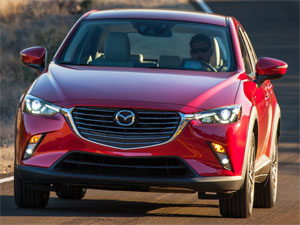 One thing is clear, and that is that the CX-3 is easily the most stylish of the new breed of cute utes. It looks long, low, lean, and much more muscular than bigger brother CX-5.
One thing is clear, and that is that the CX-3 is easily the most stylish of the new breed of cute utes. It looks long, low, lean, and much more muscular than bigger brother CX-5.
In the front, the face is familiar Mazda territory, but they seem to be pushing the boundaries of the grille ever farther. And the slanted rear roof, with tight hind quarters, doesn’t help much with convincing us that this is a crossover and not a hatchback.
At our test track, there was a snappy throttle and eagerness at launch, but the CX-3 runs out of steam fairly quickly; taking us 8.6-seconds to hit 60. To be fair, that’s on par with the Jeep Renegade we tested. And, the CX-3 gives you all it’s got down the strip sounding good while doing it.
Shifts are prompt and positive, and there was even a touch of torque steer as we worked our way to a 16.7-second ¼-mile at 83 miles-per-hour.
Throughout handling exercises, there was certainly a fun, sporty Mazda-style character. But, while still far from a sports car, there’s a nice balance and steering response is quick, putting most other tiny trucksters to shame.
We were expecting a little more from the brakes however, than a 133-foot stopping average from 60 and an overall soft feel.
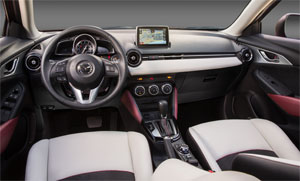 Fittingly, the interior is driver-oriented, with an almost premium feel to materials and surfaces that again put it above most rivals. The control layout looks simple enough, yet still managed to befuddle some of our staffers.
Fittingly, the interior is driver-oriented, with an almost premium feel to materials and surfaces that again put it above most rivals. The control layout looks simple enough, yet still managed to befuddle some of our staffers.
Ergonomics are also not great for full-size adults; plus we found console space minimal and cup holders difficult to access easily. Moreover, it can be at times a very noisy environment.
Continuing our list of gripes, cargo space is minimal, just 10.1 cubic-ft. behind the rear seats if there’s a Bose subwoofer in place; that’s ½ the space of a Mazda3 hatchback. Folding the seats expands the space, getting the numbers closer to the Mazda3’s at 44.5 cubic-ft.
The load floor is also very high. It might not have been as noticeable had we not had an HR-V in at the same time which has a much lower load floor and double the amount of rear cargo space.
Government Fuel Economy Ratings for an all-wheel-drive CX-3 are 27-City, 32-Highway, and 29-Combined, which we almost reached at 28.8 miles-per-gallon of Regular. So the Energy Impact Score is much better than average, with oil consumption at 11.4-barrels yearly and CO2 emissions of 5.0-tons.
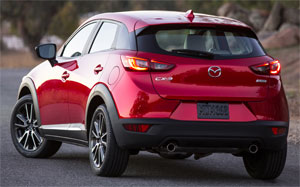 Pricing starts at $20,840; and since we’re doing so much comparing here, a Mazda3 starts about a grand lower, though top Grand Touring trims are priced very similar.
Pricing starts at $20,840; and since we’re doing so much comparing here, a Mazda3 starts about a grand lower, though top Grand Touring trims are priced very similar.
In the end, we know why Mazda commissioned the CX-3. Everything crossover is selling like mad while traditional car sales continue to sag. Still, when it comes to actual utility, a well done compact five-door hatchback, like a Mazda3, Ford Focus, or the new Honda Civic, beats the CX-3, and all other tiny utes, in everything except traction.
But, if you gotta hang with the crowd, then the 2016 Mazda CX-3 is one fun, city size utility, that’s rarin’ to go.
Specifications
- Engine: 2.0 liter
- Horsepower: 146
- Torque: 146 lb-ft.
- 0-60 mph: 8.6 seconds
- 1/4 mile: 16.7 seconds @ 83 mph
- EPA: 27 mpg city/ 32 mpg highway
- Energy Impact: 11.4 barrels of oil/yr
- CO2 Emissions: 5.0 tons/yr
2025 Land Rover Range Rover Evoque
Baby Rover Continues To Evolve
When most people hear “Range Rover” they tend to think of high class, high performance and high dollars. But, Range Rover does the entry-level thing quite well too with this Evoque. It has plenty of posh attitude, along with some recent updates. So, let’s see how the Evoque continues to evolved.
Our involvement with the Land Rover Range Rover Evoque’s evolution began when this small utility first arrived for 2012. It looked more Spice Girl than Tough Mudder, but it packed a surprising amount of capability into its subcompact dimensions. This second gen arrived for 2020, and has gained recent updates at the most likely midway point in its lifecycle.
Intrigued but not necessarily enthused could probably best describe our history with the Evoque, but Land Rover always has a way of drawing us in with very tasteful designs. They pretty much got this one right back in 2020, so styling revisions are largely limited to new Pixel LED headlights and a reshaped front fascia. There’s also new super-red signature lighting in back, all of it done to bring the Evoque more in line with the rest of the Range Rover family.
And like all of its siblings, all-wheel drive is standard and it does have Terrain Response 2 with specific off-road modes, but no one’s expecting to see a lot of Evoques out on the trail, unless there’s a new Lululemon Outlet at the other end of it having a killer sale.
Land Rover has once again taken the P300 296-horsepower version of the Evoque’s 2.0-liter turbo-four out of the lineup, leaving just the standard 249-horsepower version under the clamshell hood. No complaints from us, its 269 lb-ft of torque is more than adequate to move this 3,900 lb. ute around.
And at Mason Dixon Dragway, it moved us to 60 mph in 7.7 seconds. There was plenty of traction off the line, and while not overwhelming, power feels plentiful, staying very consistent down the track. Gearchanges in the Evoque’s nine-speed automatic transmission were quick and smooth, barely a blip in the process as we finished the quarter-mile in 16 seconds flat at 85 mph. Plenty quick for a compact utility with luxury intentions.
[It maneuvered] with a substantial presence that not too many small utilities have.
It felt quite good through our handling course too, with a substantial presence that not too many small utilities have. The Evoque uses selective braking to torque vector power between all four wheels, and it enabled us to cruise through the cones quickly without any excessive understeer or oversteer. There was some nosedive during our panic braking test, but the brakes were very responsive and strong enough to bring us to a halt in a short 115 feet from 60.
But, it’s the inside experience that really matters with any luxury vehicle, particularly in a Range Rover. And here things look more high-end Swedish than Tudor or Victorian, with a minimalist cabin design that’s way more visually appealing than practical. There’s real leather covering just about everything, and what appears to be just a tablet stuck in front of the dash is a new 11.4-inch touchscreen. Not only are the inner workings much faster than the previous infotainment setup, but the entire interface of this Pivi Pro system is vastly better than the split screen approach of before.
The center console that leads up to it appears much less cluttered and frees up some additional space for storage. The shifter is still here, but it has gotten much smaller. Front seat space and comfort remain high, though rear seat room is still very tight for adults. Cargo space is not bad for a small utility, with room for 21.6 cu-ft. of gear in the hold, which expands with 40/20/40 split-folding seatback flexibility to 50.5 cu-ft.
Government Fuel Economy Ratings are 20 City, 27 Highway, and 22 Combined. That’s an average Energy Impact Score, using 13.5 barrels of oil annually, with CO2 emissions of 6.6 tons.
Land Rover has been paring things down in the Evoque lineup for years, no longer offering a two-door version or the convertible, and now have simplified things even further to just the P250 available in only two trims: S, which stickers for $51,175, and Dynamic SE, which starts at $56,375; but you can add just about every package available and still come in right around $60,000.
Luxury-minded utility vehicles are coming at us from all angles these days, but the 2025 Land Rover Range Rover Evoque is a bit unique in that it remains as sort of a cheat code for sneaking you into the Range Rover VIP experience. You’ll feel like you’re getting away with something every time you drive it.
Specifications
As Tested
- Engine: 2.0-liter turbo-four
- Transmission: 9-speed automatic
- Horsepower: 249
- Torque: 269 lb-ft
- 0-60 mph: 7.7 seconds
- 1/4 Mile: 16 seconds at 85 mph
- Braking, 60-0 (avg): 115 feet
- EPA: 20 City | 27 Highway | 22 Combined








